what are the five (5) main methods of delivering rescue breaths?
 How to Perform CPR: Hands-Only and Mouth-to-Mouth
How to Perform CPR: Hands-Only and Mouth-to-MouthWhat is rescue breathing and how does it differentiate from CPR? Rescue breathing is a type of first aid given to people who have stopped breathing. During the rescue breathing, you blow the air in a person's mouth to provide vital oxygen. Rescue breathing can be done alone or as part of . The technique used may vary depending on whether it is done in an adult or in a child. In this article, we will discuss the rescue breathing technique in more detail, when necessary, and how it differs from the CPR. Oxygen is essential to life. When you breathe, oxygen enters your bloodstream through small air sacs in your lungs called. Once in the bloodstream, oxygen can travel to every part of the body. Rescue breathing is a technique that is done when someone has stopped breathing (also known as ). Rescue breathing is also known as mouth-to-mouth resuscitation. Situations that may cause breathing to stop may include the following: When you perform rescue breathing, you gently blow the air in a person's mouth. This helps to provide them with vital oxygen until medical aid arrives. Rescue breaths can be administered alone or as part of the PCR. Because of this, you may be asking how the two are different. Rescue breaths can be given only when a person has a pulse but does not breathe. CPR is made when a person's heartbeat and breathing have been stopped. CPR involves chest compression cycles and rescue breathing. It is not rare that (heart beating) occurs shortly after respiratory arrest. Because of this, you may find that giving CPR is more common in an emergency situation rather than giving rescue breaths alone. There are some cases where rescue breathing is not recommended. This is more applicable when rescue breathing is given as part of the PCR. The American Heart Association (AHA) updated its CPR guidelines. In these new guidelines, AHA recommends: These changes occurred because the airway opening process and effectively giving rescue breathing can take vital time. Under the new guidelines, chest compressions can help pump blood still rusty to body tissues. Research supports these changes. For example, it was found that when the PCR is given by a viewer, only compressions in the chest increased survival compared to the PCR that involved both compressions in the chest and rescue breathing. Step 1: Call 911 If you find someone who is not responsible and does not breathe, call 911. If you're in a group, ask someone else to call as you move on to the next step. Important notes: In a situation where someone has a pulse but does not breathe, it is important to be aware of the following:Step 2: Open the airway To give an effective rescue breathing, it is essential that the airway of the person be open and clear. To open a person's airway, do the following:Step 3: Breathe the rescue Now that the airway is open, you can proceed to give rescue breaths. To do this: Important note: It is also possible to give breaths of rescue from mouth to nose. This is an option when a person's mouth is too injured to give rescue breathing effectively using a mouth-to-mouth technique. The steps for rescue breathing in a child or baby are similar to those of adults. However, there are some important things to take into account. Technique The technique used to breathe can depend on the size of the child: Breath Frequency The number of breaths per minute is slightly higher for children and babies than for adults. Target 12 to 20 rescue breaths per minute for a child or baby who does not breathe. This is about 1 rescue breathing every 3 to 5 seconds. If you want to be trained in CPR and respiratory rescue, consider reviewing the classes offered by local resources such as schools and fire department may also have classes. Rescue breathing is a type of first aid that is used if someone has stopped breathing. During the rescue breathing, you breathe gently in a person's mouth every few seconds. This helps to provide them with oxygen until the help comes. Rescue breathing is not the same as PCR. CPR is done when a person does not breathe and has no pulse. This is chest compression cycles and rescue breathing. However, it is recommended that individuals who are not trained in PCR only give chest compressions, without breathing rescue, if someone does not have heartbeat. Last medical review on 9 November 2020Read this following

Apply first aid - Giving rescue breaths
:max_bytes(150000):strip_icc()/how-to-do-cpr-1298446-4a04444fabe0467aa9194a9161e5cdb2.png)
How to Do CPR - Step by Step

How to Perform CPR: Hands-Only and Mouth-to-Mouth
Rescue breathing – Surf Life Saving Online Learning

Part 4: Adult Basic Life Support | Circulation

How to perform rescue breaths – CPR Test

How to perform CPR: Guidelines, procedure, and ratio
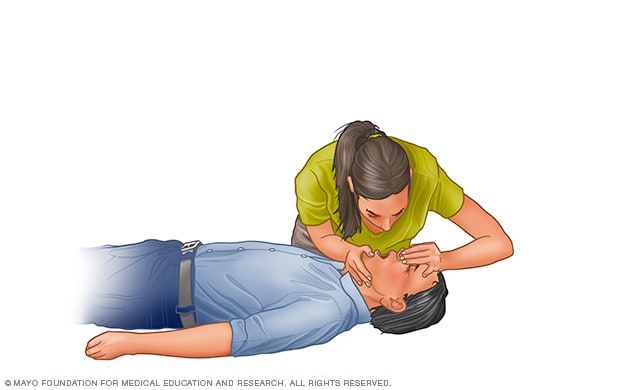
Cardiopulmonary resuscitation (CPR): First aid - Mayo Clinic

Part 9: Pediatric Basic Life Support | Circulation

CPR in a child (from age 1 to puberty)

How to Give Rescue Breaths | Prime Medical Training

How to perform CPR: Guidelines, procedure, and ratio
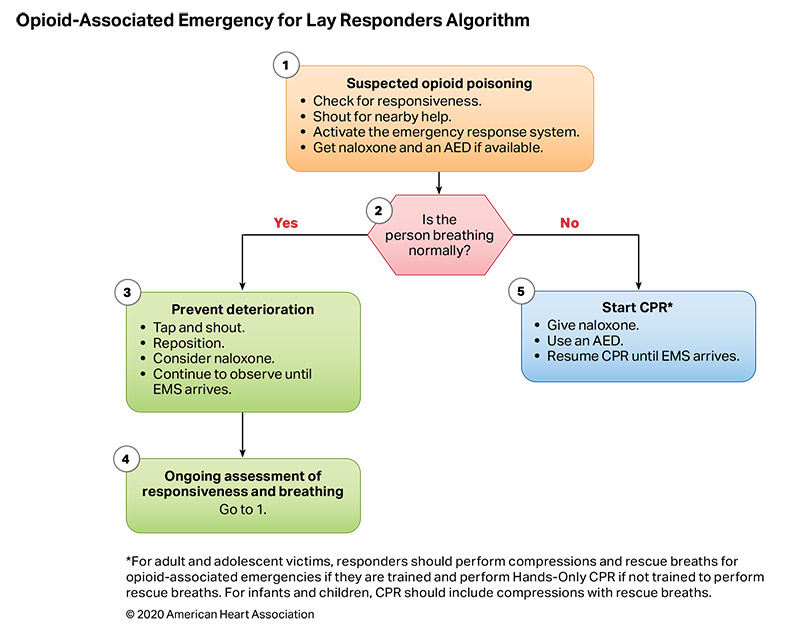
Part 3: Adult Basic and Advanced Life Support | American Heart Association CPR & First Aid

Apply first aid - Giving rescue breaths

Apply first aid - Giving rescue breaths

Part 3: Adult Basic Life Support | Circulation

BLS Adult Cardiac Arrest Algorithm | ACLS.com Resources

Part 3: Adult Basic Life Support | Circulation

Part 13: Pediatric Basic Life Support | Circulation

Part 5: Adult Basic Life Support | Circulation
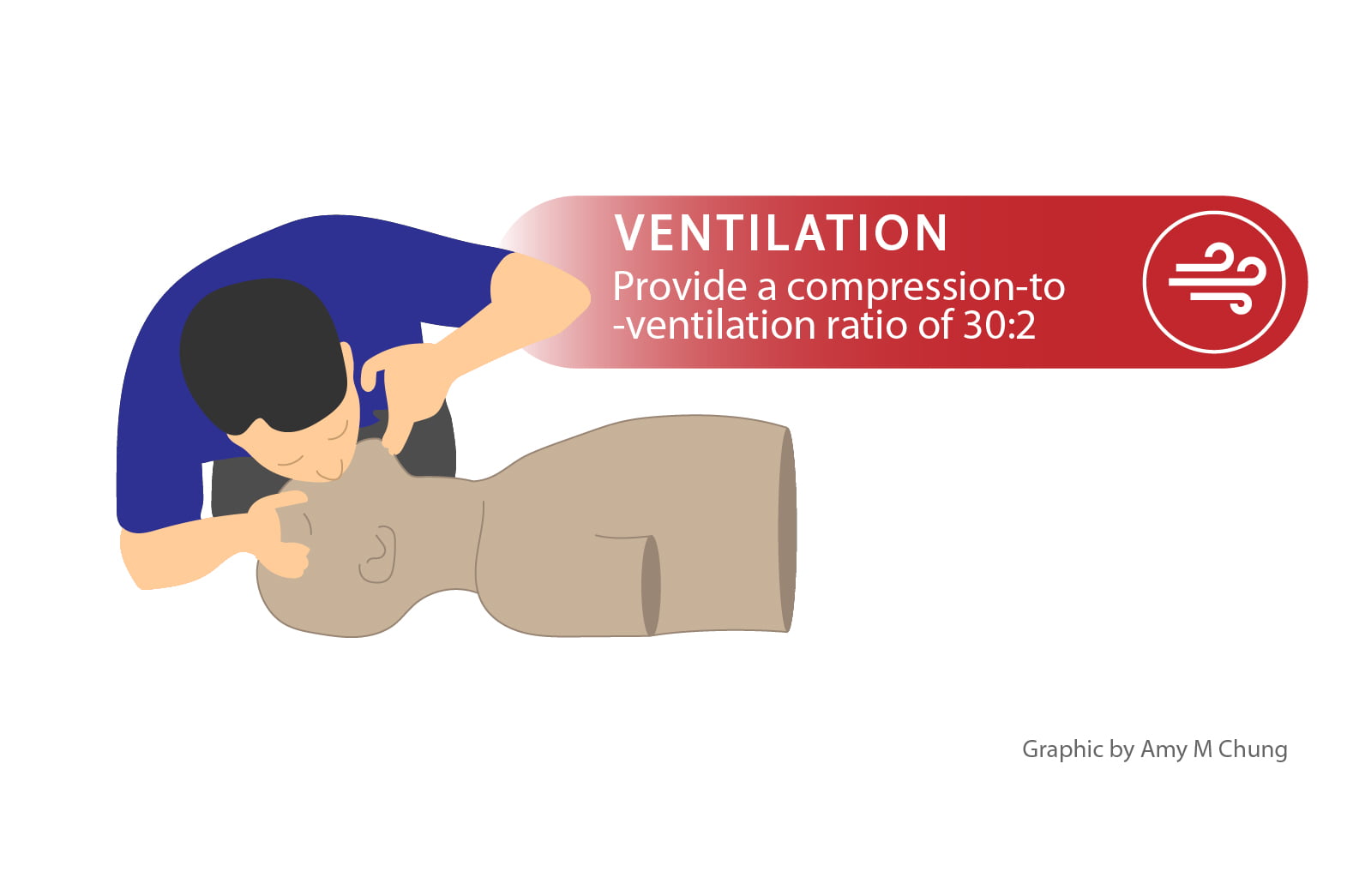
CPR Update Series Part 5 - Avoiding excessive ventilation - CanadiEM
BLS - BREATHING Look Listen Feel Respiratory effort should be assessed by: looking for chest and/or abdominal movement, listening for breath sounds and feeling for expired air. Figure: Look, listen, feel If adequate respiratory effort resumes after opening ...

Current recommendations for paediatric resuscitation - BJA Education
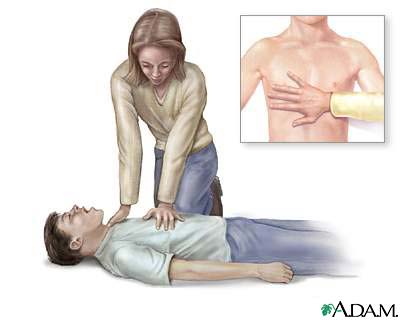
How to perform CPR on a baby or child | First Aid for Free
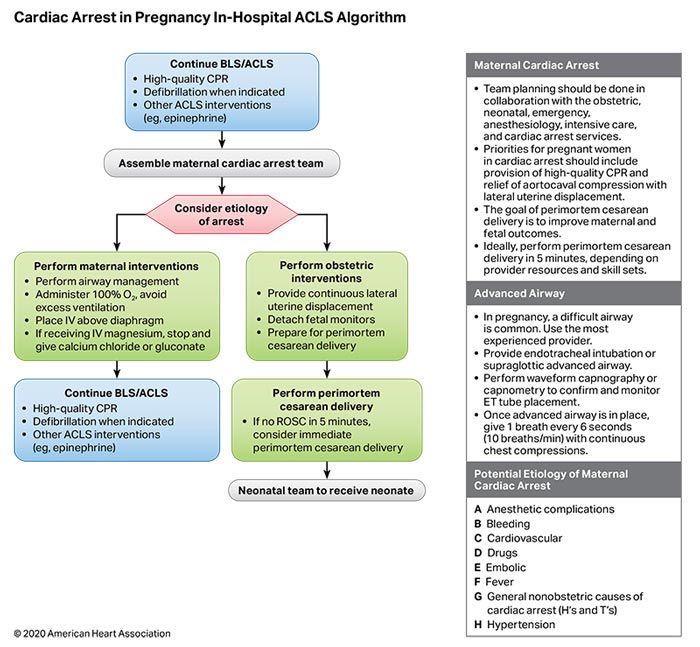
Part 3: Adult Basic and Advanced Life Support | American Heart Association CPR & First Aid
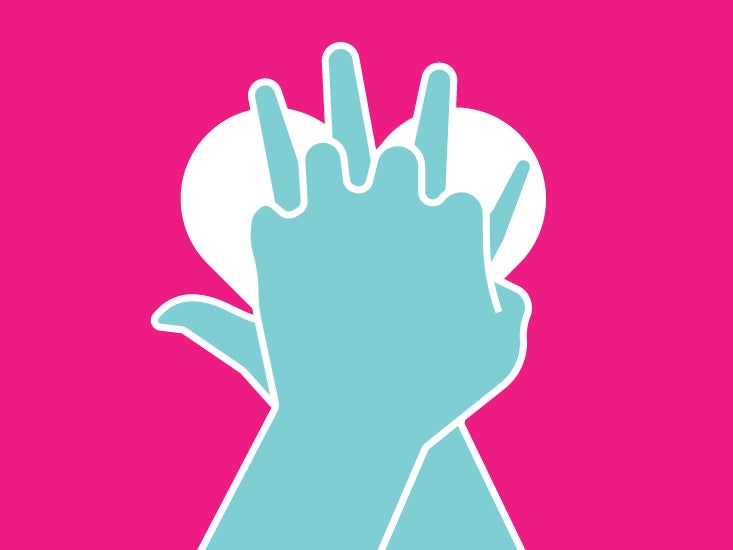
How to Perform CPR: Hands-Only and Mouth-to-Mouth

CPR in a child (from age 1 to puberty)

Rescue Breathing vs. CPR: What's the Difference?
/GettyImages-1164560790-6c09dbf34d764d53b3e72e1c4a0bf1a6.jpg)
Step-by-Step Guide to Rescue Breathing

How to perform rescue breaths – CPR Test
Untitled

CPR with Chest Compression Alone or with Rescue Breathing | NEJM

CPR with Chest Compression Alone or with Rescue Breathing | NEJM

Part 3: Adult Basic Life Support | Circulation
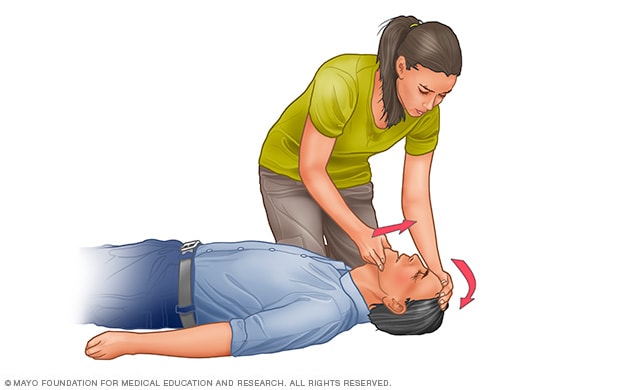
Cardiopulmonary resuscitation (CPR): First aid - Mayo Clinic
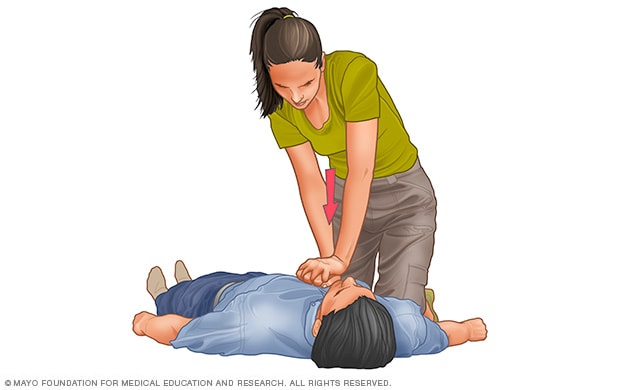
Cardiopulmonary resuscitation (CPR): First aid - Mayo Clinic
4-2. ADMINISTER CARDIOPULMONARY RESUSCITATION TO AN ADULT USING THE TWO-RESCUER METHOD

CPR / AED Study Guide: Part 2 - National CPR Association

CPR a Decade Ago vs. CPR Today: What's Changed
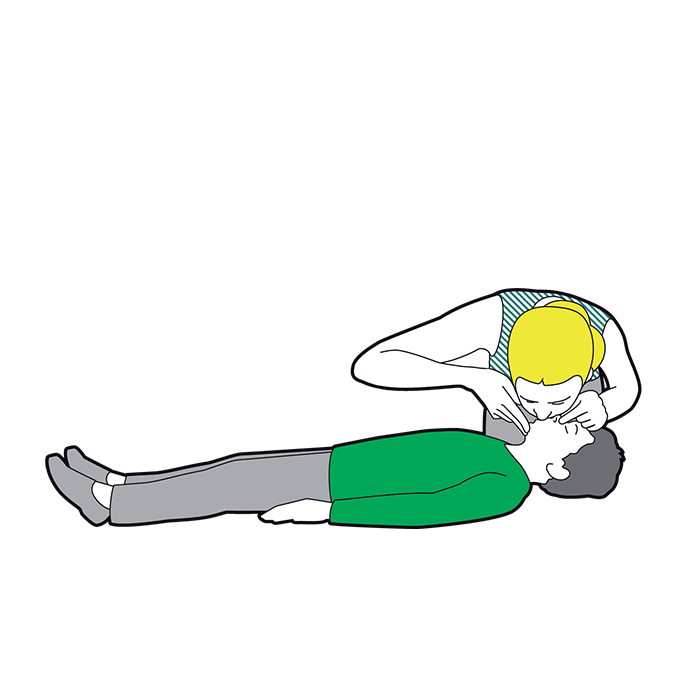
How to do CPR on a child - Paediatric First Aid | St John Ambulance
Posting Komentar untuk "what are the five (5) main methods of delivering rescue breaths?"